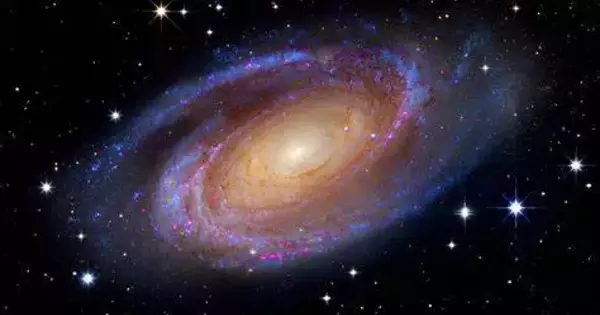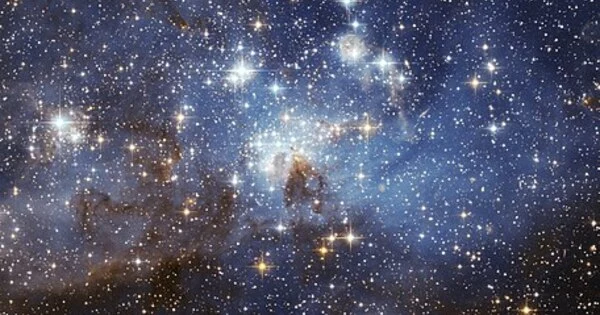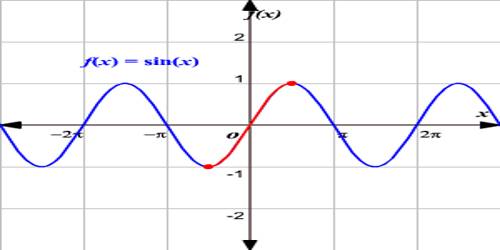To observe and study distant galaxies, researchers use powerful telescopes and observatories such as the Hubble Space Telescope and the Atacama Large Millimeter/submillimeter Array (ALMA). Astronomers have discovered the most distant barred spiral galaxy, similar to our own Milky Way, ever observed.
An international team, led by astronomer Alexander de la Vega of the University of California, Riverside, used the James Webb Space Telescope to discover the most distant barred spiral galaxy similar to the Milky Way ever observed. Until now, it was thought that barred spiral galaxies like the Milky Way couldn’t be observed until the universe, which is estimated to be 13.8 billion years old, had reached half its current age.
The research, published in Nature this week, was led by scientists at the Centro de Astrobiología in Spain.
“This galaxy, named ceers-2112, formed soon after the Big Bang,” explained coauthor de la Vega, a postdoctoral researcher in the Department of Physics and Astronomy. “The discovery of ceers-2112 demonstrates that galaxies in the early universe could be as ordered as the Milky Way. This is surprising because galaxies in the early universe were much more chaotic, with very few having structures similar to the Milky Way.”
The discovery of ceers-2112 demonstrates that galaxies in the early universe could be as ordered as the Milky Way. This is surprising because galaxies in the early universe were much more chaotic, with very few having structures similar to the Milky Way.
de la Vega
Ceers-2112 has a bar in the middle. A galactic bar, according to De la Vega, is a structure made of stars that exists within galaxies. Galactic bars are similar to everyday bars, such as candy bars. He claims that bars can be found in non-spiral galaxies, but they are extremely rare.
“Nearly all bars are found in spiral galaxies,” said de la Vega, who joined UCR last year after earning his doctorate in astronomy from Johns Hopkins. “The bar in ceers-2112 suggests that galaxies matured and became ordered much faster than we previously thought, which means some aspects of our theories of galaxy formation and evolution need revision.”
The previous understanding of galaxy evolution held that it took billions of years for galaxies to become ordered enough to form bars. “The discovery of ceers-2112 shows that it can happen in only a fraction of that time, in about one billion years or less,” de la Vega said in a press release.
According to him, galactic bars are thought to form in spiral galaxies with stars that rotate in an ordered fashion, the way they do in the Milky Way.

“In such galaxies, bars can form spontaneously due to instabilities in the spiral structure or gravitational effects from a neighboring galaxy,” de la Vega said. “In the past, when the universe was very young, galaxies were unstable and chaotic. It was thought that bars could not form or last long in galaxies in the early universe.”
The discovery of ceers-2112 is expected to change at least two aspects of astronomy.
“First, theoretical models of galaxy formation and evolution will need to account for some galaxies becoming stable enough to host bars very early in the universe’s history,” de la Vega said in a press release. “Because dark matter is thought to affect the rate at which bars form, these models may need to adjust how much dark matter makes up galaxies in the early universe.” Second, the discovery of ceers-2112 shows that structures such as bars can be detected even when the universe is very young. This is significant because galaxies in the distant past were smaller than they are now, making finding bars more difficult. The discovery of ceers-2112 paves the way for the discovery of more bars in the young universe.”
De la Vega helped the research team by estimating the redshift and properties of ceers-2112. He also contributed to the interpretation of the measurements.
“Redshift is an observable property of a galaxy that indicates how far away it is and how far back in time the galaxy is seen, which is a consequence of the finite speed of light,” he said.
The discovery of ceers-2112 most surprised de la Vega because of how well the properties of its bar could be constrained.
“Initially, I thought detecting and estimating properties of bars in galaxies like ceers-2112 would be fraught with measurement uncertainties,” he told me. “But the power of the James Webb Space Telescope and the expertise of our research team helped us place strong constraints on the size and shape of the bar.”
De la Vega is in charge of astronomy outreach at UCR. He organizes telescope nights on and off campus, as well as visits to local schools to give astronomy presentations. He also organizes the public astronomy talk series “Cosmic Thursdays” as well as one-time events for special occasions such as eclipse viewing parties.
















